February 4-10, 2024
Bracketed by sun

This has been another week with more of the same gray, drizzly weather—but bracketed by two gloriously warm and sunny days.
Week in Review
The warm, sunny days that started and ended this week highlight the risks that plants and animals face as they gauge when to transition from their winter phase into their spring phase.
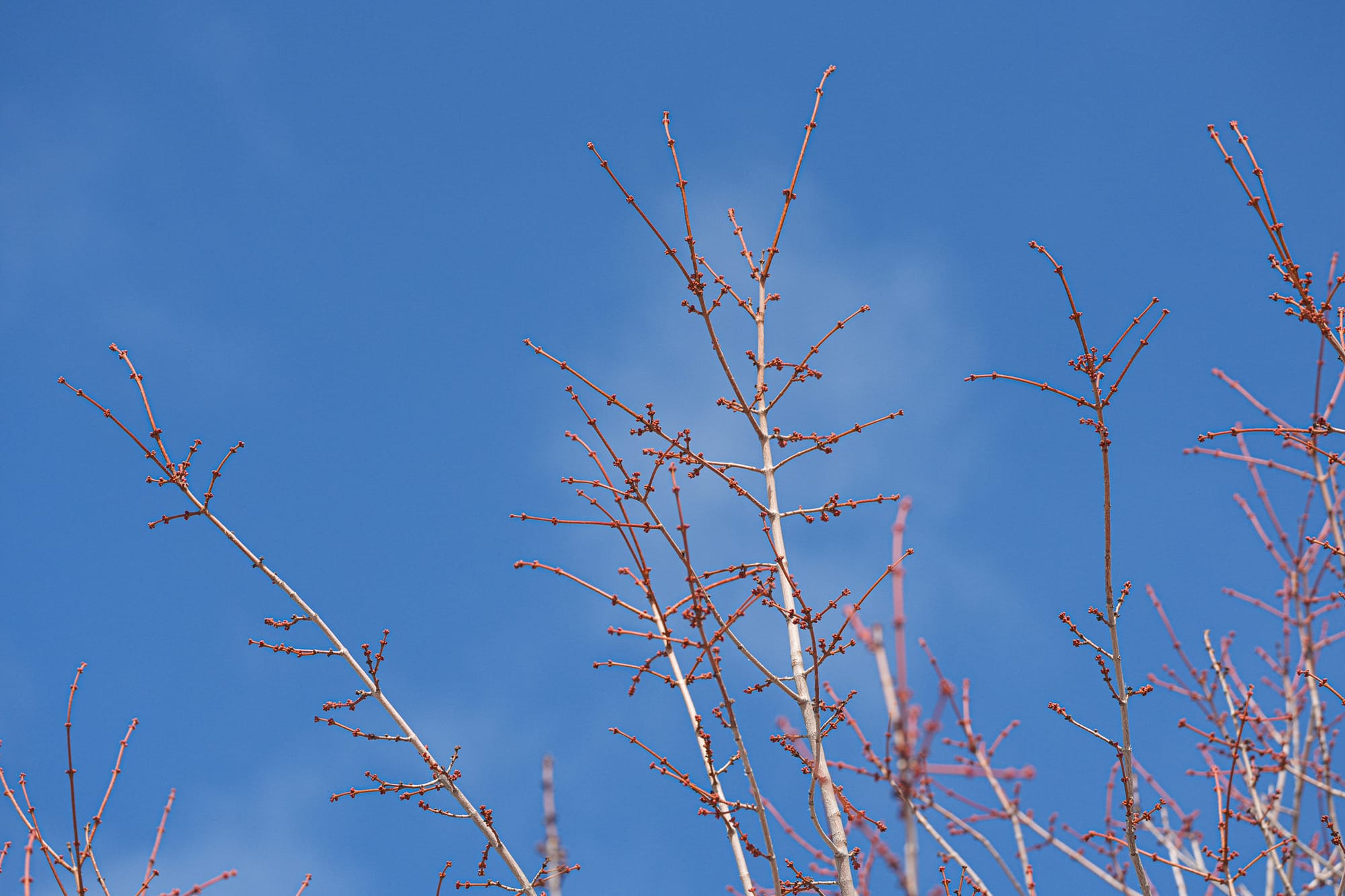
On a walk at Pearrygin Lake, we heard one courageous treefrog calling at the edge of the frozen lake, and I noticed a number of plants starting to green up and produce buds. This made sense on a day that felt like a perfect spring day, but the next morning it was snowing, and we went straight into another week of winter weather!
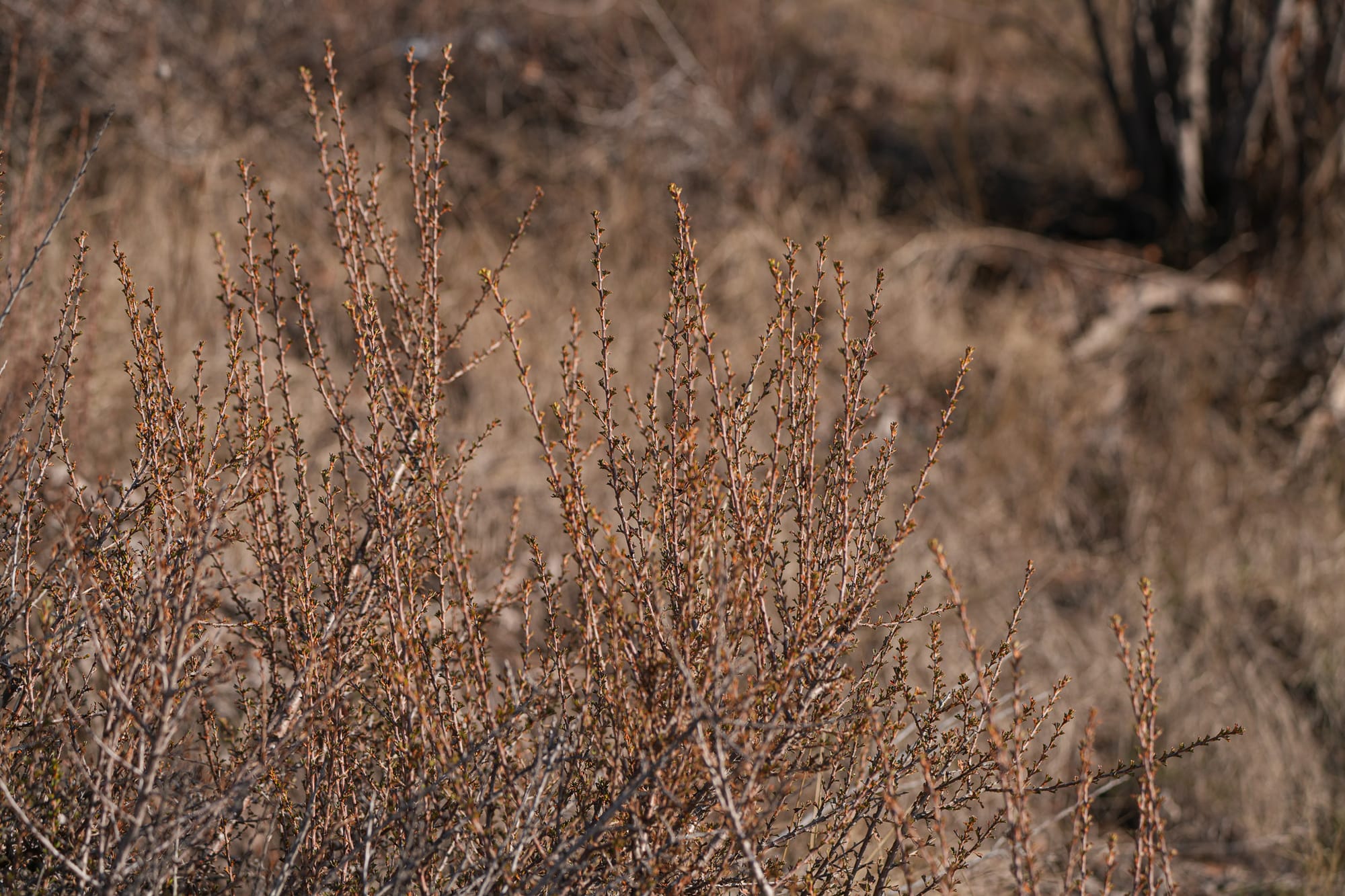
Despite this setback, it's undeniable that there's a subtle shift taking place. Grasses and small plants on the ground are producing new leaves, a few insects are flying around, and birds are beginning to sing.
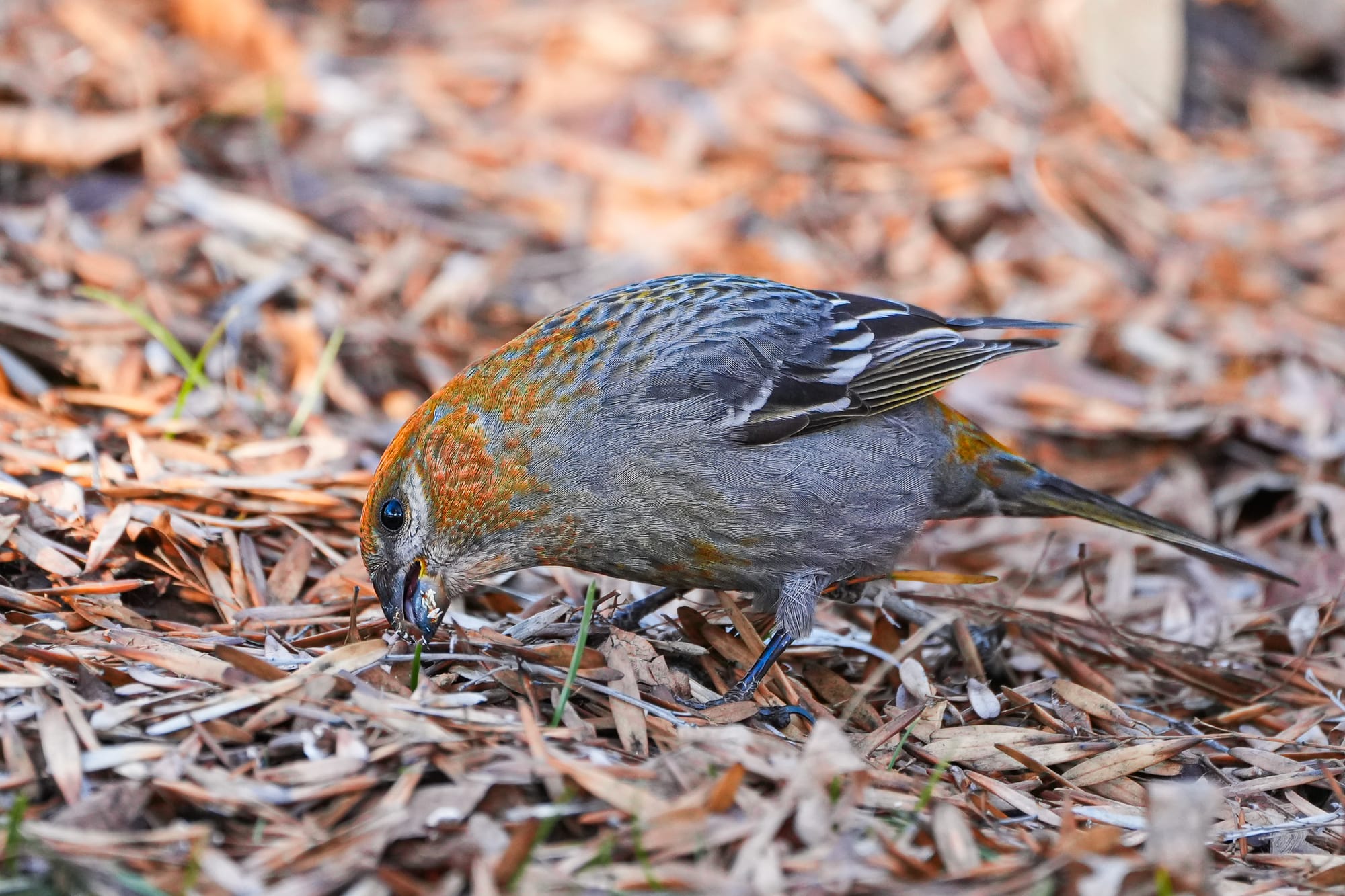
House finches and American goldfinches in the tree over our bird feeder are now spending long periods of time vigorously chirping and singing. On February 5, we heard red-winged blackbirds singing for the first time this winter, and they've been singing every day since.
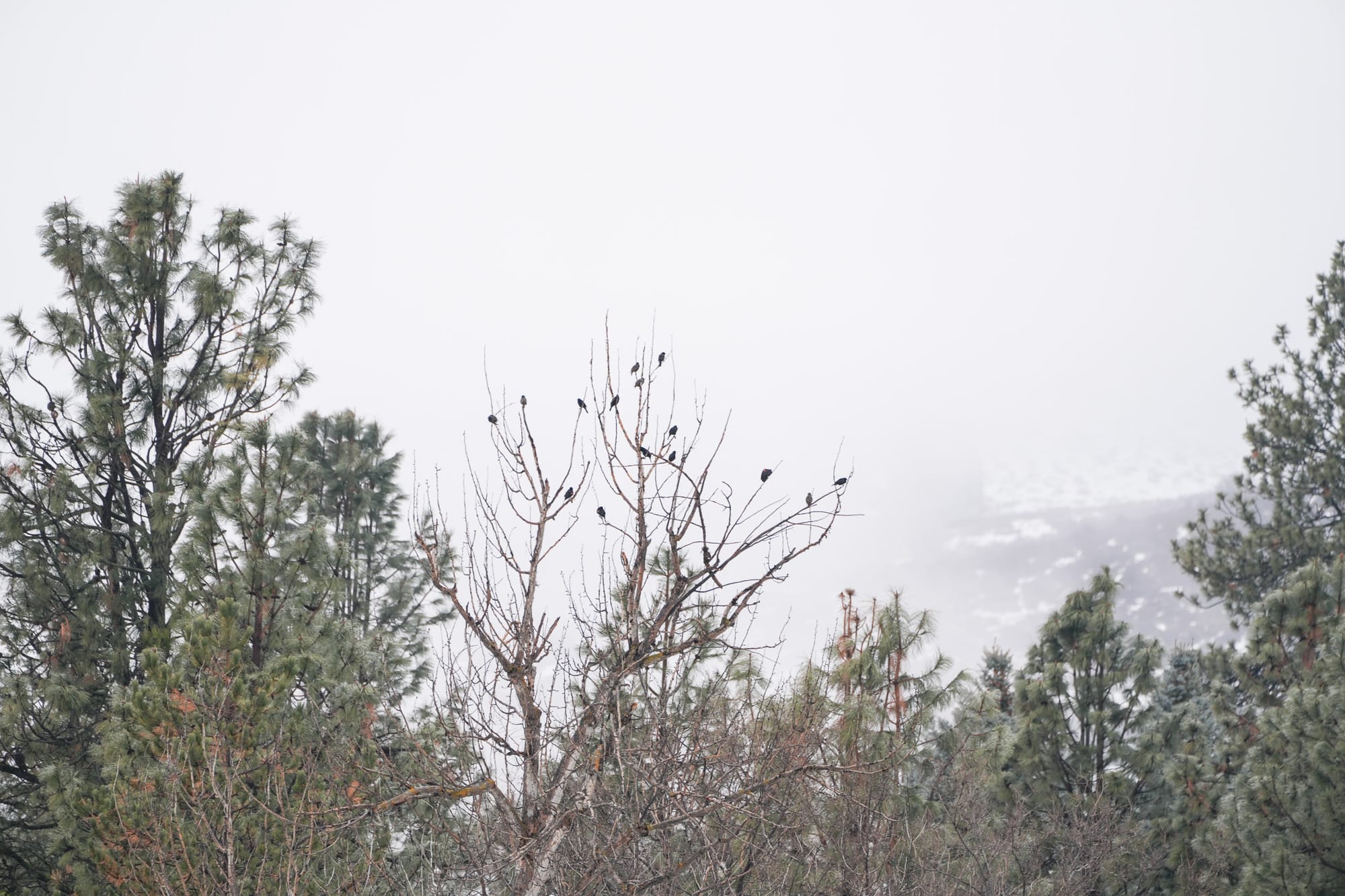
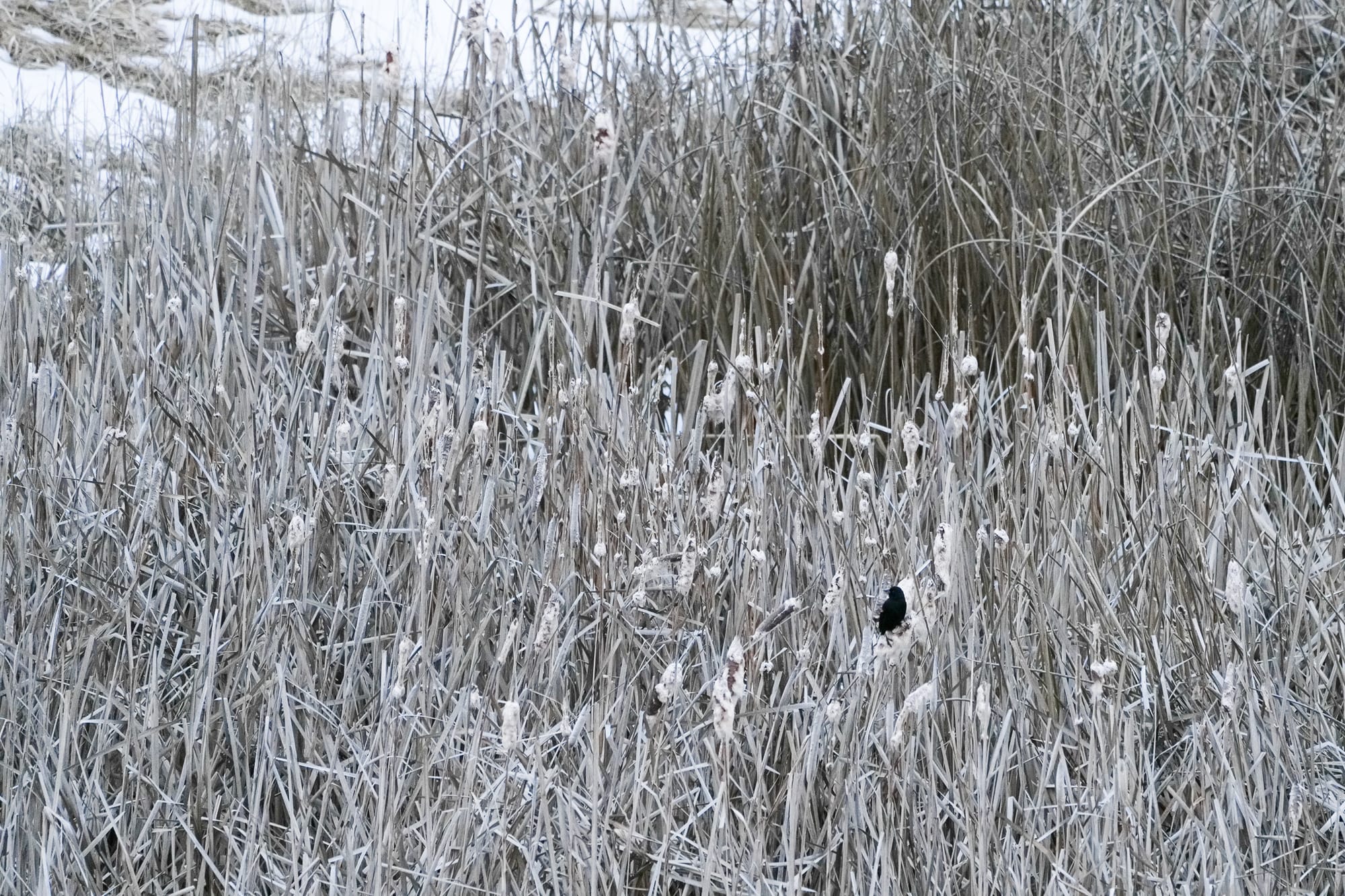
It's been at least a month since I last saw Canada geese, but a pair flew around Big Twin Lake on February 4 and the same day I spotted the first immature northern shrike I've seen all winter.
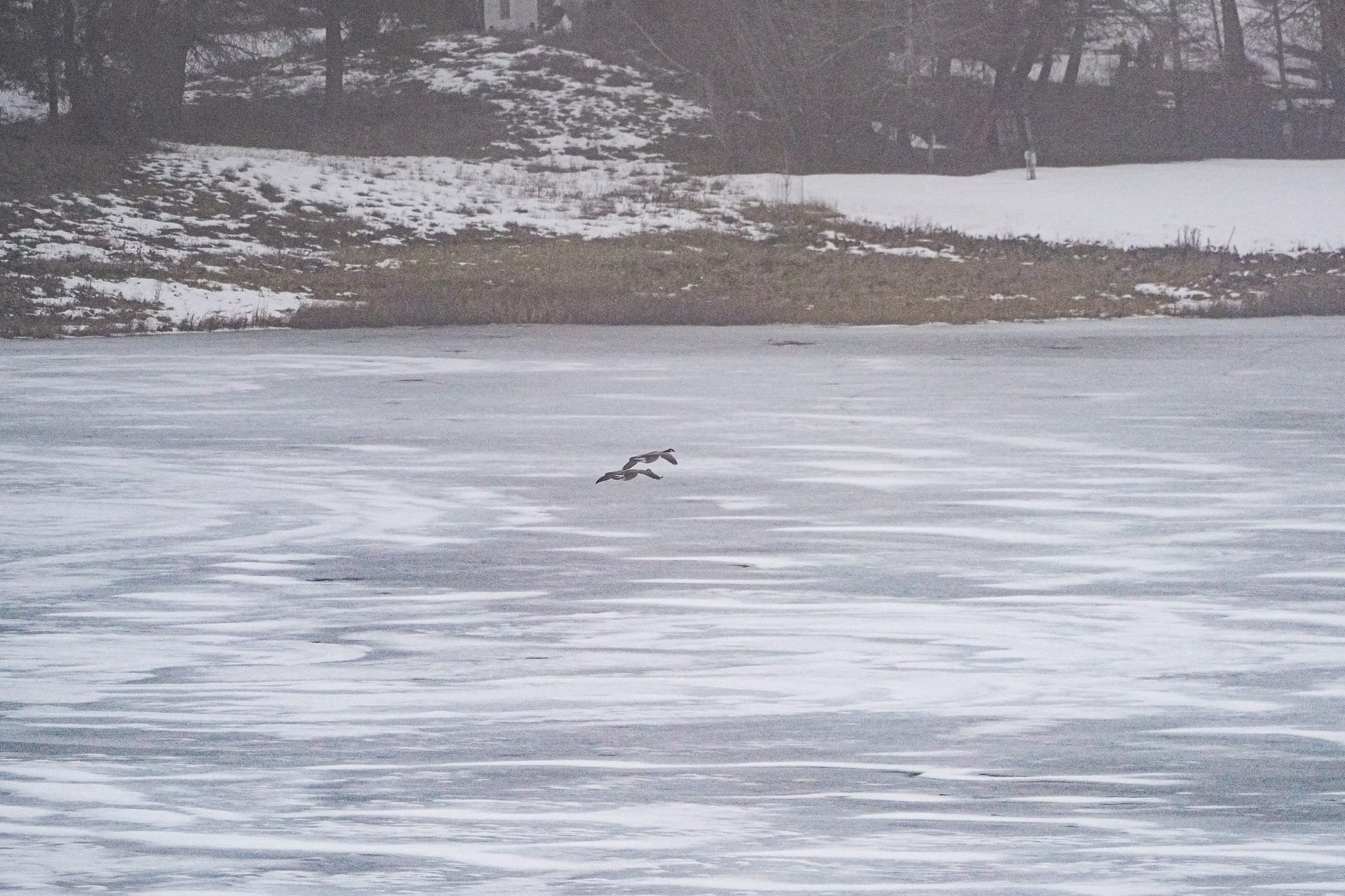
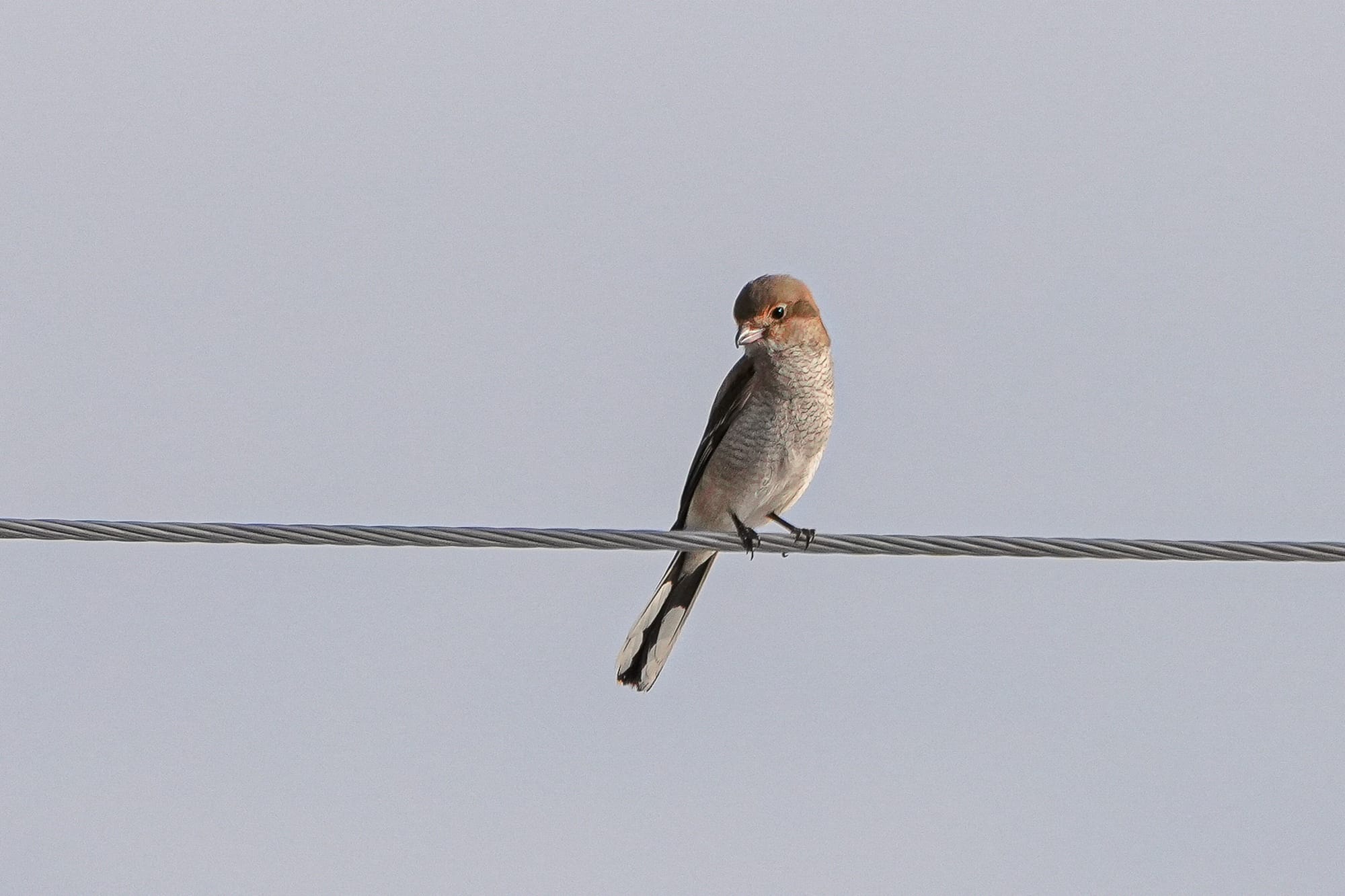
In other words, it's time to start paying attention to the changing seasons. We could definitely get another round of cold winter weather—and the Farmer's Almanac is predicting this—but momentum is shifting towards spring and things are going to start getting exciting over the next month or two.


Observation of the Week: Bioprecipitation Feedback Cycle
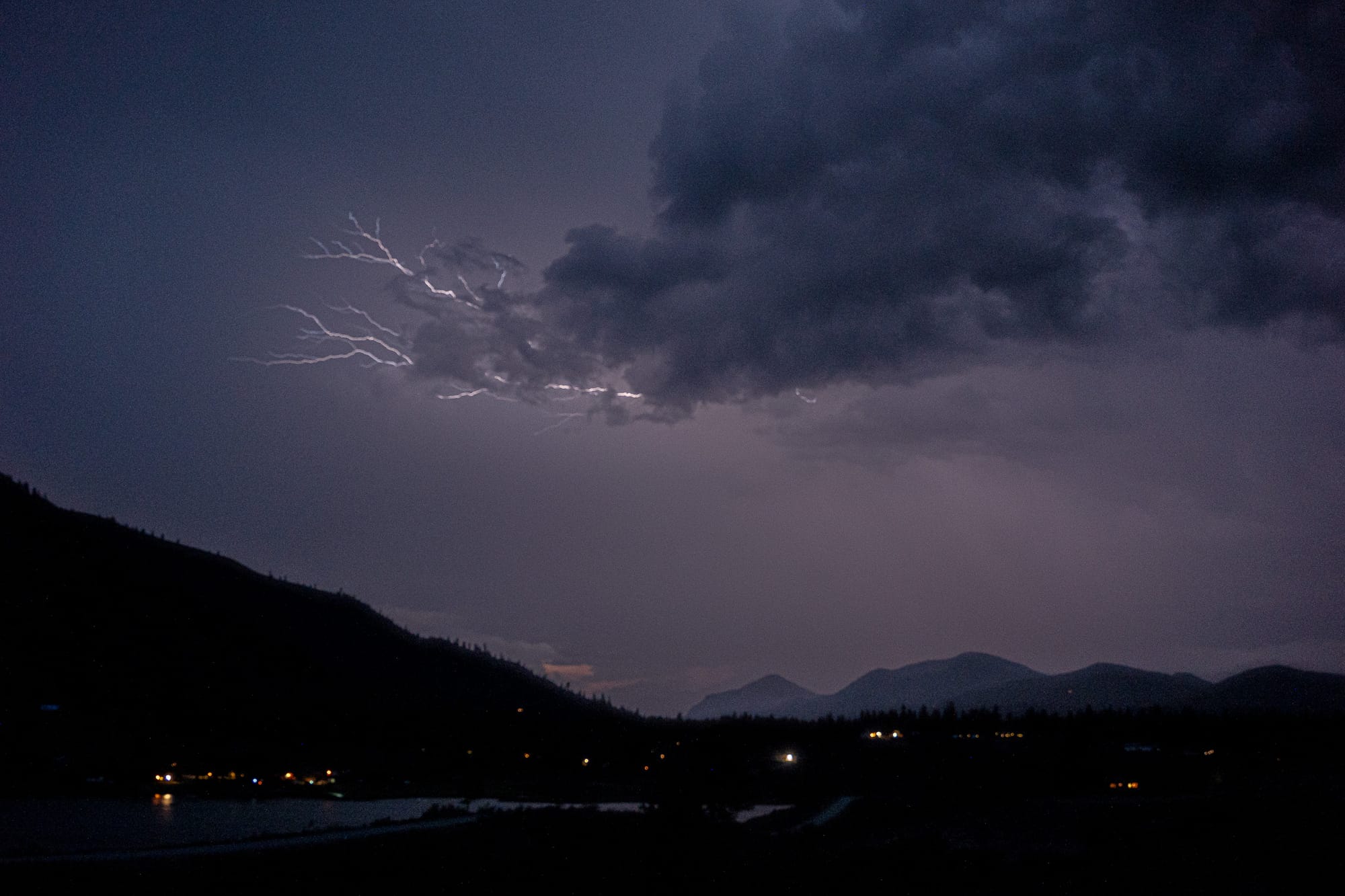
The bioprecipitation feedback cycle is a fancy way of explaining how bacteria produce rain and snow in clouds. I wrote in detail about this topic in my Lukas Guides newsletter this week (click here to read this article), but here's a brief snapshot of this fascinating story.
You might think that raindrops and snowflakes just magically fall from the sky, but this only happens because bacteria floating in the air have a unique ability to promote the formation of ice crystals that become heavy enough to start falling.
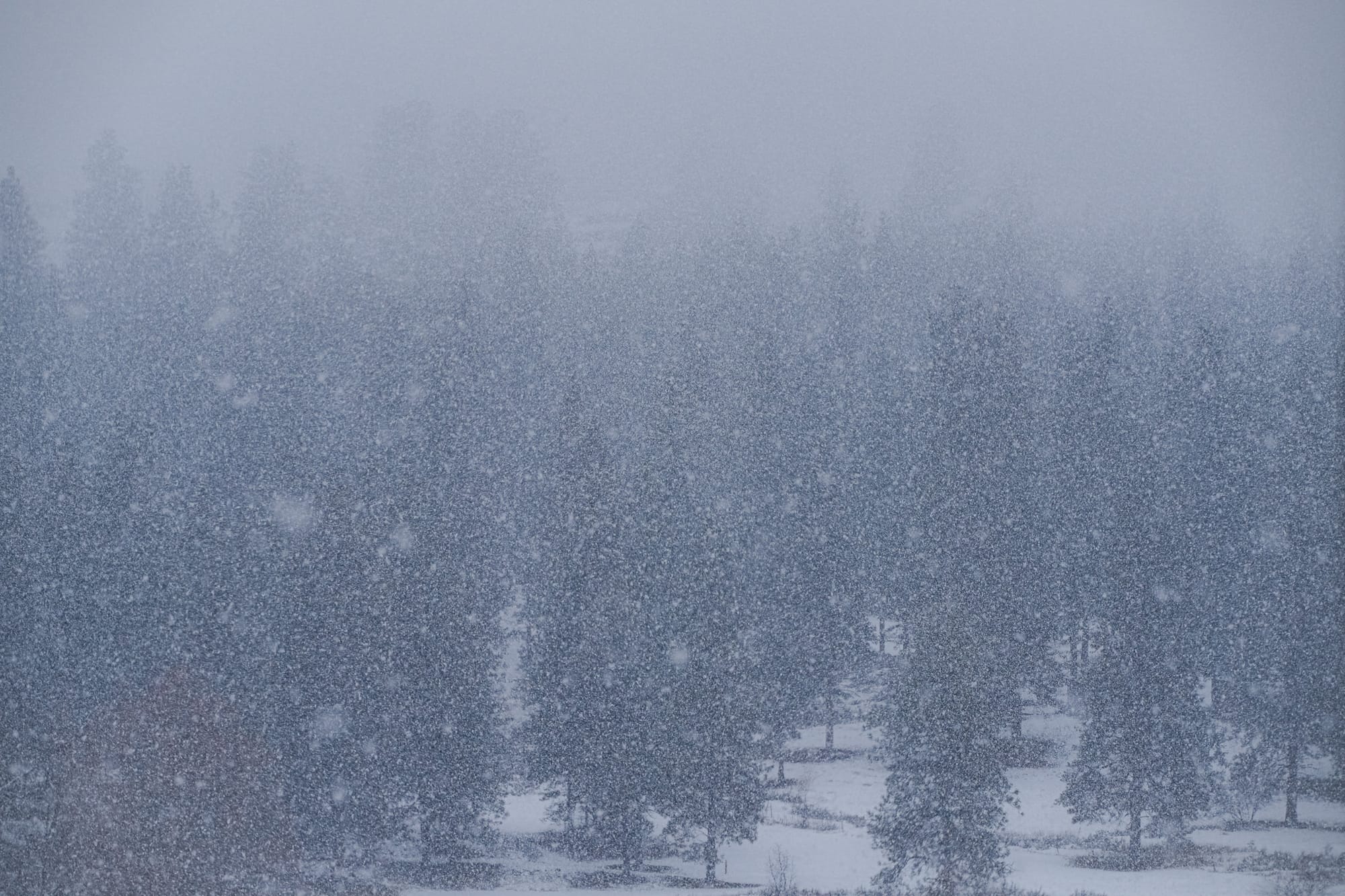
If the air remains cold these ice crystals continue falling as snowflakes, but if the air is warm enough these crystals turn into raindrops as they fall.

These bacteria are a critical part of the earth's atmospheric cycles because they produce the rain (and snow) that allow plants to green up and produce flowers. In fact, the bacteria evolved 150 million years ago, around the same time that flowering plants first appeared. Ultimately, the lives of flowering plants and these bacteria are intricately interwoven.
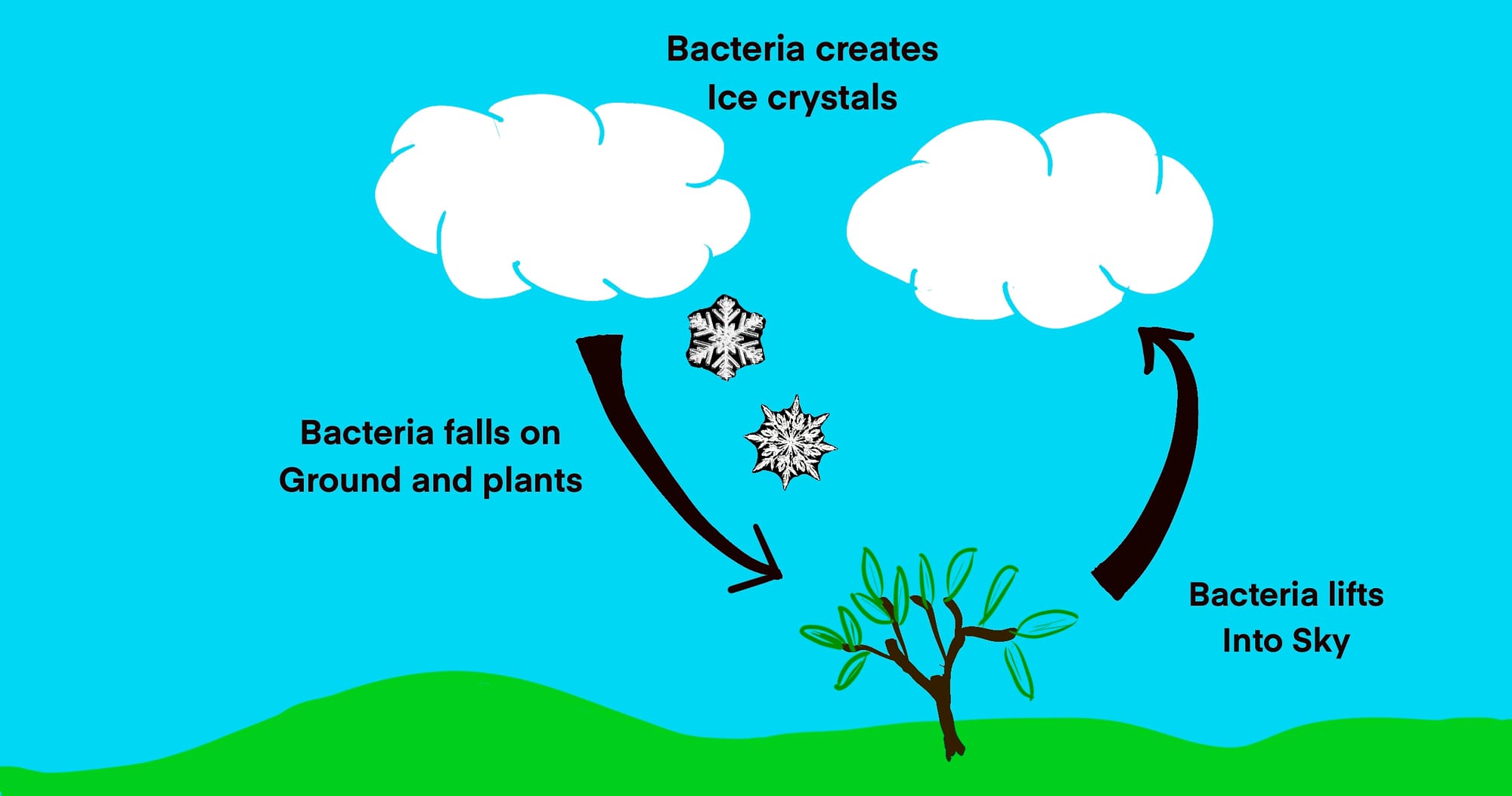
Where this story gets really fascinating is when you look at what the bacteria do when they get back on the ground...but that's the topic of this week's Lukas Guides newsletter.

